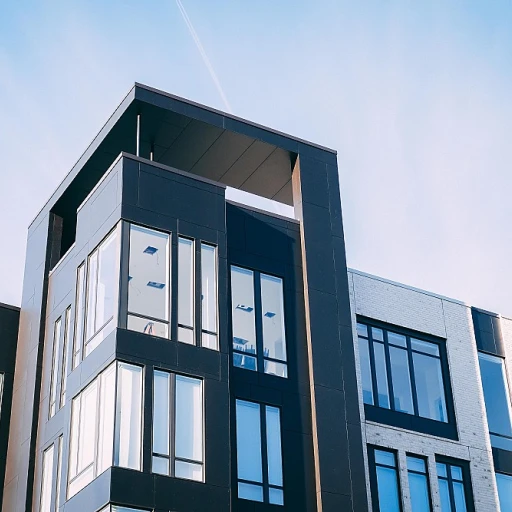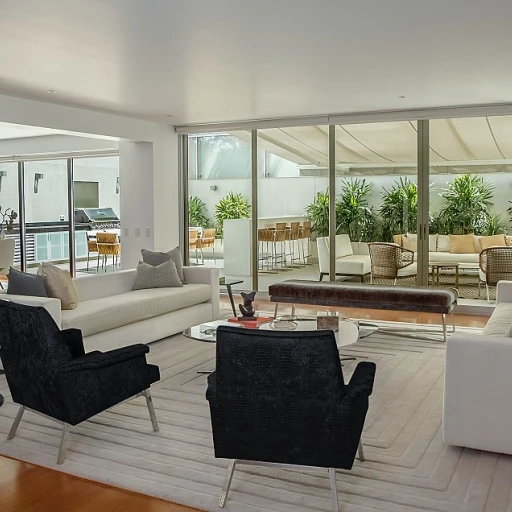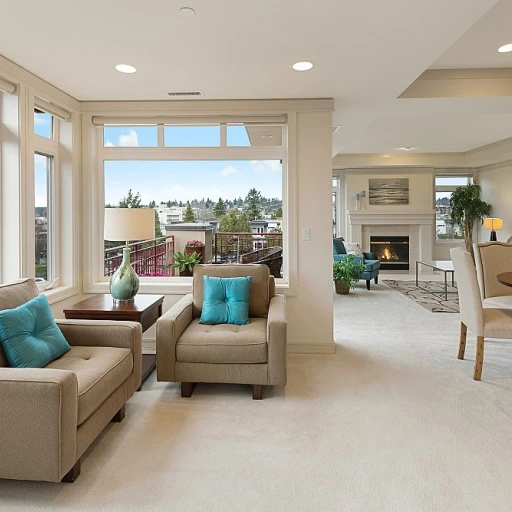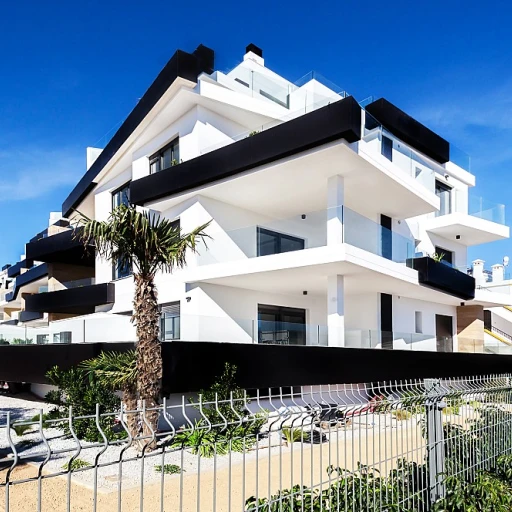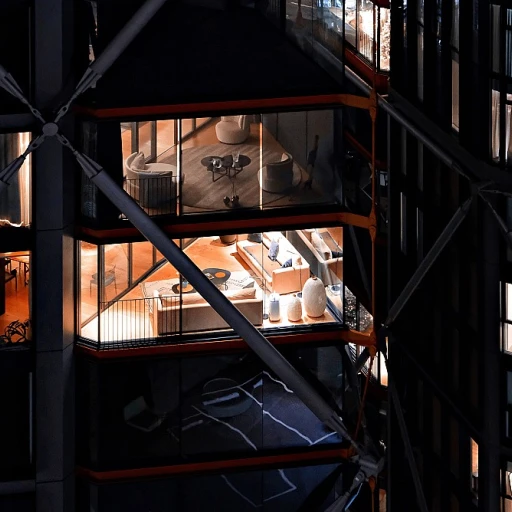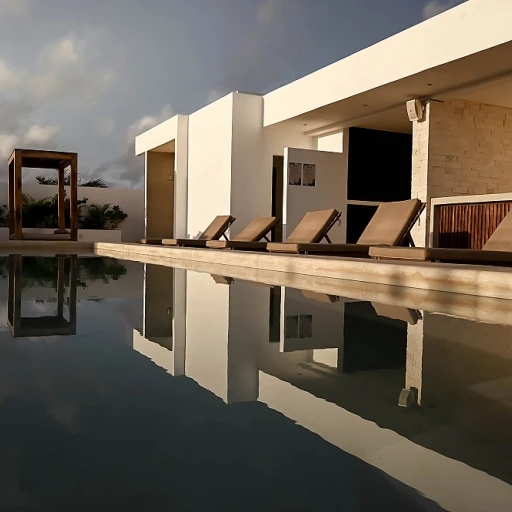Understanding the Timeless Appeal of Colonial Architecture
The Enduring Charm of Historical Architecture
Colonial homes embody a timeless elegance that has captivated real estate enthusiasts for generations. Characterized by their symmetrical façade, traditional floor plans, and often stately presence, these homes offer a distinct charm that remains appealing despite evolving design trends. As more properties come up for sale in regions like Virginia and North Carolina, the attraction to colonial style homes continues to hold steady in the market.
Dating back to the early American settlements, this architectural style brings a sense of nostalgia and historical significance. The legacy of colonial homes is not just rooted in their aesthetic appeal but also in their sturdy construction, typically featuring brick or wood frames with steeply pitched roofs. These elements contribute not only to the physical allure but also to the market value, making them a desirable choice for those seeking homes with character.
The colonial home style is characterized by its spacious floor plans which commonly include four to five bedrooms and multiple baths. This makes them ideal for families who appreciate a home that balances modern conveniences with historical touches. Hardwood floors, often original to the property, are a staple in these homes, adding to their rustic yet refined charm. The extensive square footage (sqft) offers ample living space, typically complemented by expansive acres of land which provide privacy and room for outdoor enjoyment.
As you navigate the world of real estate listings, the presence of colonial homes is often associated with exclusive estates that offer a unique sense of heritage and belonging. While some may be drawn to the allure of chic urban residences, the intrinsic value and the storied past found in colonial properties offer a different kind of warmth and comfort. Immerse yourself in the history and prestige associated with these estates and explore how they can elevate your real estate portfolio.
For those interested in delving deeper into the fascination with architectural designs rooted in history, exploring bluey house real estate will offer further insights into how fans and homeowners alike appreciate the delicate balance of style and substance.
Key Features of Colonial Homes That Enhance Value
Defining Characteristics of Heritage Residences
Colonial homes exhibit a distinguished array of hallmark features that contribute significantly to their allure and market value. The architectural style of these houses, often constructed during a period stretching from the 1600s to the late 1800s, prominently features a symmetrical façade which provides a sense of balance and harmony. This aesthetic quality has long been admired by homeowners and designers alike.
Among the most appealing aspects of these colonial residences are their spacious rooms. Typically, these homes boast several bedrooms, such as the grand estates found in Virginia and Rhode Island. The open floor plans allow for seamless movement throughout the home, enhancing both functionality and comfort. Notably, the number of beds and baths in colonial homes can vary, which allows potential buyers a level of flexibility when viewing active listings.
The craftsmanship in colonial houses is often exemplified by intricate details such as authentic hardwood floors and beautifully crafted woodwork. These features have not only withstood the test of time but continue to add a touch of elegance to the property. Additionally, the use of brick and wood in classical styles contributes to both durability and aesthetic charm.
In many counties, colonial properties are prized for their generous lot sizes. With several acres set in tranquil environs, these homes offer a serene retreat from the hustle and bustle of city life. Whether found among the listings of North Carolina or the elegant estates of Los Angeles, these features enhance not only the living experience but also the property's sale value.
For those navigating the diverse colonial homes market, a virtual tour provides a glimpse into these captivating properties, showcasing their unique aspects such as a central island in the chef's kitchen or a historically preserved bath. When examining the MLS for a house sale, discerning buyers often prioritize these key characteristics in their search for a property with lasting appeal.
To gain deeper insights into similar architectural treasures, one might explore a
charming historic hotel awaiting new ownership which shares a kinship in architectural elegance and timelessness with colonial homes.
Navigating the Market: Finding Colonial Homes for Sale
Discovering the Perfect Colonial Home in the Market
Navigating the real estate market to find your ideal colonial home can be both an exciting and daunting task. The key is to understand the dynamics of the market and the distinct features that make colonial properties so desirable. If you’re seeking a colonial home for sale in Virginia’s rustic landscapes or the classic streets of Providence, Rhode Island, you’re in for an enriching journey.
Firstly, utilize reliable resources like the MLS (Multiple Listing Service) for comprehensive listings. Here, you can filter searches by essential factors such as beds, baths, sqft, and price. Whether you're looking for a sprawling estate with acres in a lush county, or a charming house near a vibrant city like Los Angeles, these criteria will help you narrow down prospects that fit your desired style and budget.
- Set Priorities: Consider the key features that are non-negotiable for you. Perhaps it’s the number of bedrooms and baths, the need for a built-in kitchen island, or seeking homes with historical significance.
- Assessment of Value: View properties through photos, and where available, take a virtual tour. This way, you can assess the colonial style and structural integrity valued by many. Open houses, when permitted, provide a tangible feel of the home’s potential.
- Geographic Preferences: States like North Carolina and South Carolina boast charming colonial homes with the classic appeal of hardwood floors and expansive verandas. Properties in these areas offer competitive prices and a diversity of colonial styles.
The process is equally about the lifestyle you envision and the long-term investment potential, as discussed in enhancing the home’s value. Evaluating these properties across the market not only enriches your understanding but also aids in making an informed decision. For more information on exploring exclusive estates and colonial charm, check out
a similar exploration here.
Investment Potential: Why Colonial Homes Are a Smart Choice
Strategic Investments in Colonial Properties
The allure of colonial style homes extends beyond their classic design. They offer solid investment potential, drawing not only history enthusiasts but also savvy investors. Colonial homes, whether nestled in the heart of Rhode Island or the scenic counties of Virginia and North Carolina, reflect timeless elegance and robust construction.
When considering these properties, it's crucial to assess several factors:
- Market Demand and Location: Properties in counties with well-preserved colonial homes, such as Providence, Rhode Island, and some regions in South Carolina and Virginia, often maintain a high status active on the MLS. Their strategic location can lead to increased property value over time.
- Price Appreciation: Many colonial homes, especially those near cultural and historical landmarks, have shown consistent price appreciation. With the growing interest in older, well-built homes coupled with modern real estate trends, purchasing a colonial property could be a lucrative financial decision.
- Unique Features: Colonial homes commonly feature hardwood floors, multiple beds and baths, and expansive square footage (sqft). These features not only add to the aesthetic appeal but also enhance the property's market value.
- Potential for Customization and Upgrades: Investors have the opportunity to preserve these estates’ historical significance while updating them to meet modern living standards. Renovation projects, like those discussed in successful case studies, frequently reveal significant returns on investment when executed thoughtfully.
For potential buyers interested in exclusive estates, it's advantageous to explore listings that highlight colonial style homes. Detailed property viewings and sometimes even virtual tours offer insight into the layout and structural integrity of these homes.
Overall, while colonial homes may require a higher initial price due to their historic nature and the acres of land they often encompass, they promise a rewarding investment both financially and culturally in the long term.
Renovation and Preservation: Maintaining the Integrity of Colonial Estates
Preserving the Authenticity of Your Colonial Home
Maintaining the integrity of Colonial estates requires an understanding of their unique architectural charm. This preservation effort, while offering a rewarding experience, demands attention to detail and a commitment to keeping the original features intact.
Colonial homes, renowned for their hardwood floors and distinct colonial style, often possess rich historical elements. When considering renovations, it is essential to focus on both aesthetics and the structural components that contribute to the home's charm. This includes preserving signature elements such as the facade, sash windows, and fireplaces, which are integral to the property's architectural appeal.
Investing in these homes involves dedicating resources to sustain their original beauty. Fortunately, many Colonial properties located in Virginia, North Carolina, and other regions, despite requiring a meticulous renovation approach, often feature spacious layouts measured in acres, that can include multiple beds and baths, allowing for personalized adjustments.
Furthermore, maintaining historical accuracy can significantly enhance the value of a Colonial property. For instance, those who have successfully acquired Colonial homes in Providence Rhode Island or Los Angeles are often drawn to their potential not only as living spaces but as valuable assets. Ensuring your renovations align with the home's historical context can maximize this potential while attracting buyers when you decide to list the property on the market.
The avenues for renovation should also consider modern functionality without compromising historical aesthetics. This means incorporating updated baths, kitchens with islands, or even adding modern styled beds baths configurations to appeal to contemporary tastes while preserving the home's original elegance.
Consider the following:
- Engage with specialists in historical homes to guide the renovation.
- Document the features vital to the colonial architecture during the planning phase.
- Balance modern comforts with historical preservation to enhance buyer appeal upon sale.
Reviving Granduer in a Colonial home through proper restoration reflects not only a commitment to preserving history but also a strategic investment in your property's future value.
Case Studies: Successful Purchases of Colonial Homes in Exclusive Estates
Real-Life Success Stories of Colonial Home Acquisitions
Buying Colonial homes in exclusive estates can be a profoundly rewarding endeavor. Whether located in the picturesque counties of Virginia or the lush landscapes of North Carolina, these homes hold immense potential for both personal residency and long-term investment. Here, we explore a few successful cases that illustrate the benefits and joys of owning such properties.
- A Rhode Island Masterpiece: A captivating Colonial home nestled in the serene environment of Providence, Rhode Island, captured the attention of a keen real estate investor. With a generous feature list including six beds and four baths spread over 4,000 sqft, the house offered a harmonious blend of history and luxury. Its original hardwood floors and expansive views stood prominently in the property listing. The property, initially rigorous in its price point, eventually became an attractive investment once the prospects of renovation and modern amenities were considered.
- Southern Charms in South Carolina: Another remarkable acquisition occurred in South Carolina, where an eye-catching Colonial style home boasting five bedrooms and three baths soon became an aspirational purchase. With its open house events attracting numerous potential buyers, the property was in status active on the MLS for only ten days before a thoughtful buyer secured it. The representation of Southern heritage in its design, combined with recent updates, made it a prized addition to their estate portfolio.
- The Virginia Jewel: In Virginia, buyers were drawn to a historical Colonial house sale, radiating elegance with its symmetrical aesthetics and well-preserved architectural details. With five beds and four baths, it spanned over two sprawling acres, offering ample space for any family. The investor valued this home not only for its immaculate colonial style but also for its strategic location, promising steady appreciation in value. Significant was the opportunity to preserve its built heritage while allowing for modern adaptations as necessary.
These case studies shed light on the delightful journey of acquiring Colonial homes. From navigating available listings to performing comprehensive virtual tours, identifying the right property often involves a blend of timing, vision, and expert advice. Each success story exemplifies the timeless charm and thriving potential these estates continue to hold.
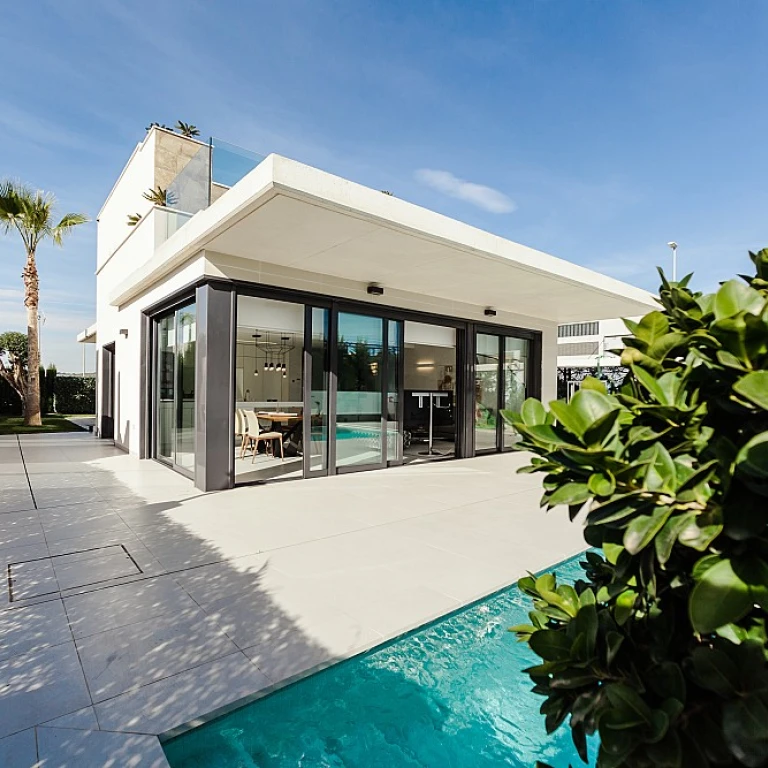
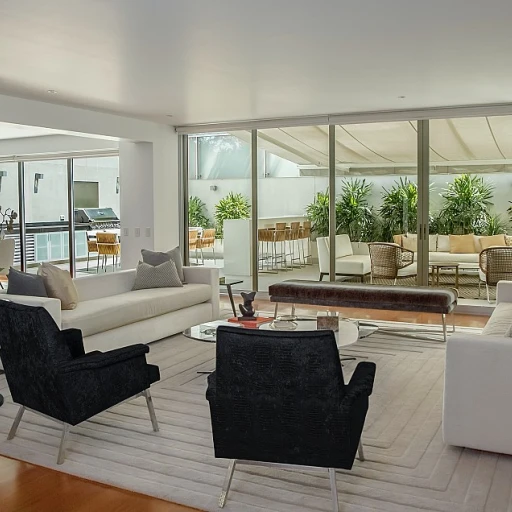
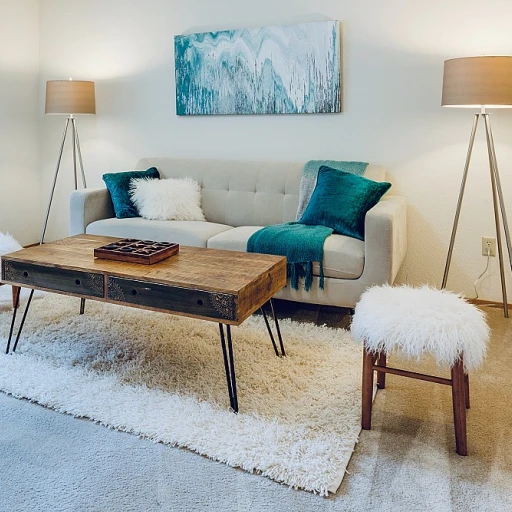
-large-teaser.webp)
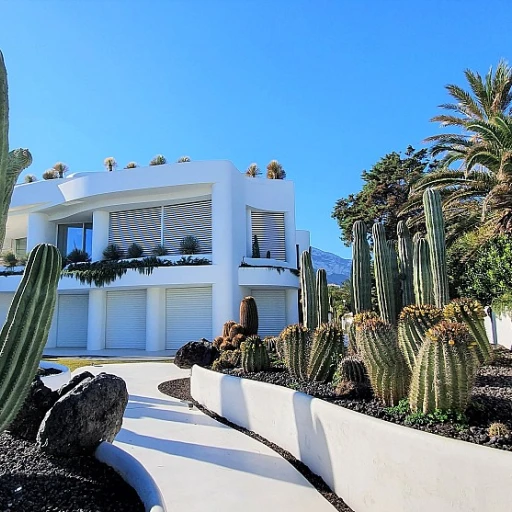
-large-teaser.webp)
